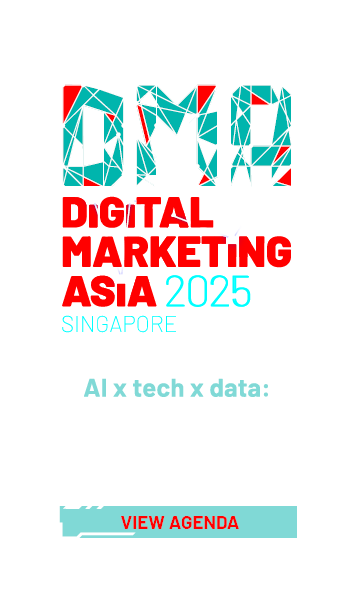



Gen Z speaks: Branding Records’ Issac Yeung
share on
The rise of Gen Z talent has brought a wave of fresh energy and innovative thinking to creative agencies. This digital-native generation brings a tech-savvy mindset and innate understanding of emerging trends.
In fact, nearly two-thirds (63.4%) of Hongkongers admit smartphone addiction, with Gen Z and millennials spending the most time watching videos and streaming content online, according to a Preply survey.
However, these emerging creatives may also face challenges when handling certain types of client briefs. For example, some briefs can be overly restrictive, leaving little room for exploration and innovation. There are also cases where the client's requirements are unclear or constantly shifting, leading to confusion and a lack of consistency.
As such, Issac Yeung (pictured), senior designer, Branding Records, shares his insights on navigating these complex client briefs. He discusses strategies for engaging in productive negotiations with clients, developing questionnaires to better understand their preferences, and referring back to initial proposals to refocus the work.
MARKETING-INTERACTIVE: From your experience, what would you consider a bad brief? what’s the worst brief client has given you?
Based on my experience, a bad brief can take different forms. For instance, there's the super tight brief that leaves zero room for exploration and creativity. Then there's the "I-don't-know-what-I-want" brief, where the client's uncertainty leads to a multitude of possibilities, making it challenging to narrow down their requirements.
Another frustrating scenario is when the brief keeps changing with each round of revisions, causing confusion and a lack of consistency. And let's not forget the brief that goes against the brand's values, pulling us in the opposite direction of what the brand stands for.
MARKETING-INTERACTIVE: How did you deal with the brief?
When faced with these "bad briefs," there are several solutions we employ in our approach. If the brief is overly tight, we engage in negotiations with the client, presenting references and competitor findings to demonstrate the value of exploring new ideas. This helps expand the possibilities and encourages a more open-minded approach.
When clients are unsure of their desired direction, we develop a questionnaire to facilitate a clearer understanding of their preferences. By identifying brands they aspire to emulate, we can provide options that align more closely with their ultimate goals.
In cases where clients exhibit frequent changes of mind, we refer back to the initial proposal they provided. This allows us to refocus and bring those initial, perhaps unconventional, ideas back on track.
Sometimes, clients possess brand books that outline their branding and brand values. In instances where the client veers in the opposite direction, we guide them back to their original branding and brand values, ensuring consistency and preserving their legacy.
By implementing these strategies, we strive to overcome the challenges posed by "bad briefs" and deliver successful outcomes that align with the client's objectives and vision.
MARKETING-INTERACTIVE: As a staff, pitching is important but how do you know when to walk away?
While pitching for projects is undoubtedly crucial, there are instances where it becomes necessary to decline certain briefs. One such example is when we encounter a brief that demands an unreasonably short timeline coupled with an overwhelming workload, all without providing clear direction.
In such cases, it becomes challenging to deliver quality results within the given constraints.
MARKETING-INTERACTIVE: What are the bad behaviours you have seen from clients that need to stop?
Fortunately, I haven't come across many clients with "bad behaviour," but there are a couple of examples worth mentioning.
One common issue is when clients fail to provide existing brand assets like vector logos or fonts. This forces us to spend precious time searching for specific fonts, which could have been better utilised in the actual design process.
On the other end of the spectrum, there have been instances where clients vanished for a significant period after signing, leaving us with minimal information to work with and causing delays. This kind of behaviour can be frustrating and result in a waste of valuable time and resources.
MARKETING-INTERACTIVE: How do you deal with clients who may not respect the younger people on your team?
In my experience, the majority of clients I've worked with have been respectful towards my team. However, I did encounter one client who displayed a disregard for younger team members, often judging their input based solely on their titles.
When faced with this issue, effective communication becomes vital. I make a point to encourage clear and open communication between my team and the client, emphasising the value of ideas and executions put forth by our younger members.
By highlighting the support and validation from senior team members, we aim to build trust with the client and demonstrate that youth and experience are not mutually exclusive, and that valid and valuable ideas can come from individuals of all ages.
Related articles:
Gen Z speaks: DDB Group Hong Kong’s Naomi Chiu
From consumption to creation: HK Gen Z’s take on the Paris Olympics
Survey: Gen Z in HK seeks localised content, tends to safeguard data privacy
share on
Free newsletter
Get the daily lowdown on Asia's top marketing stories.
We break down the big and messy topics of the day so you're updated on the most important developments in Asia's marketing development – for free.
subscribe now open in new window
